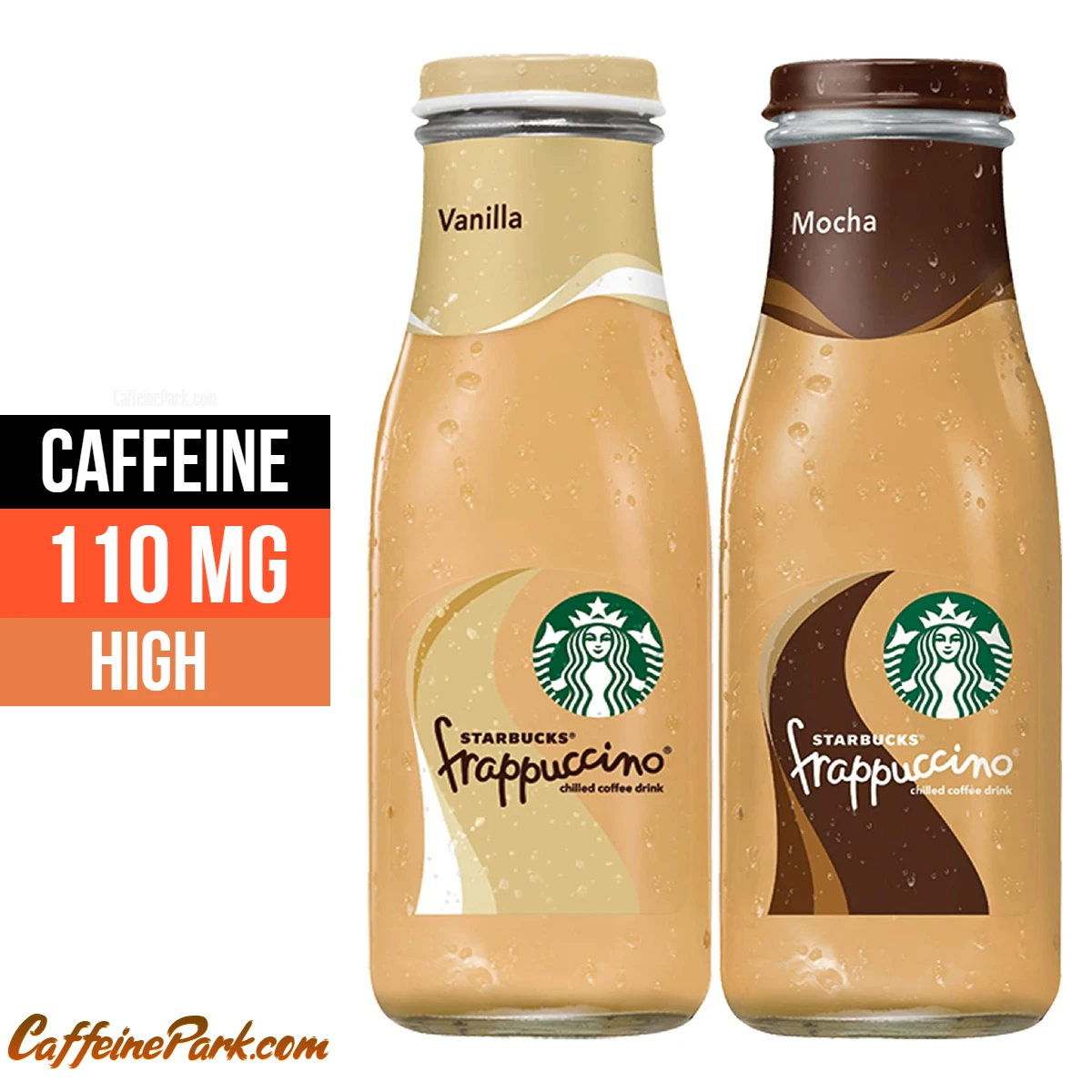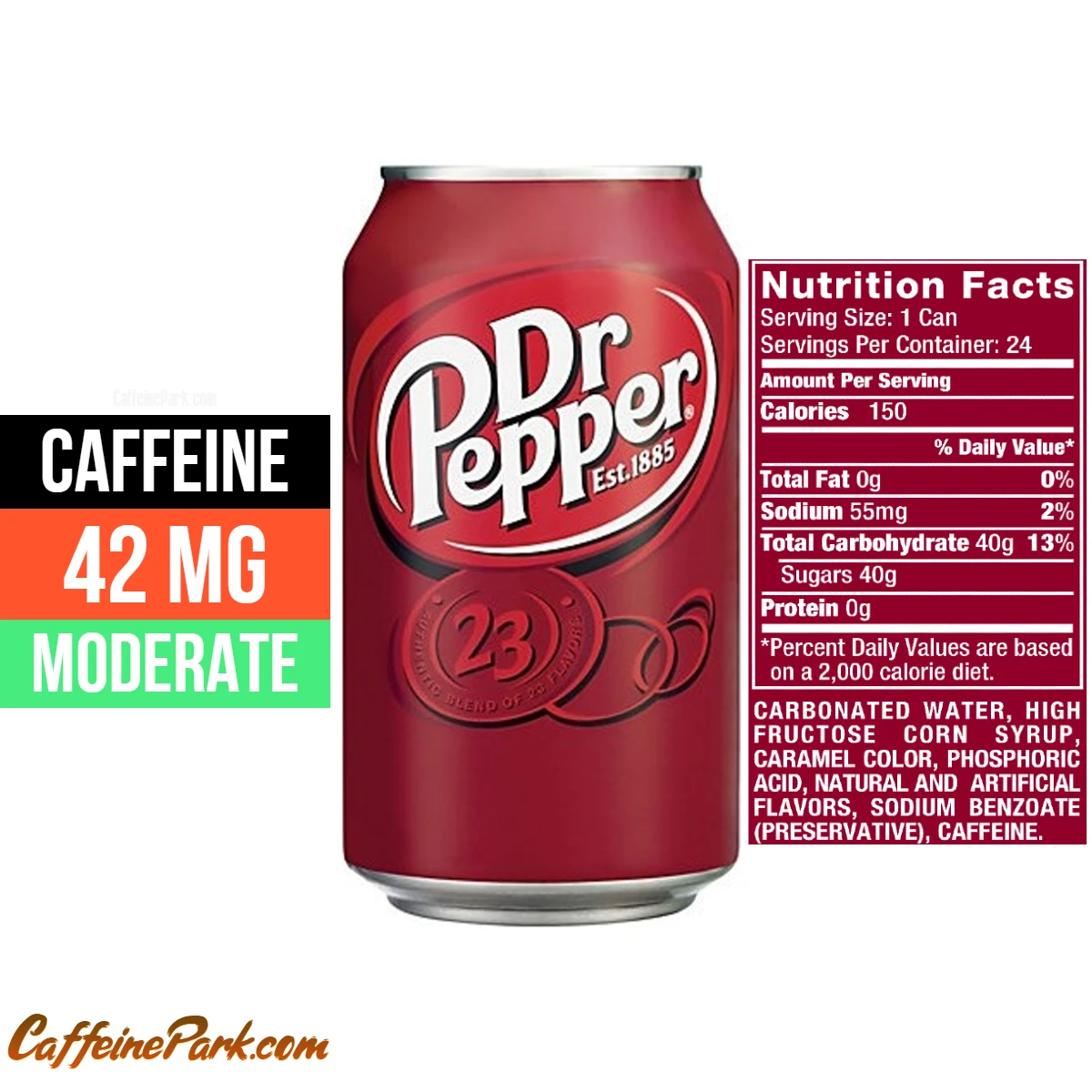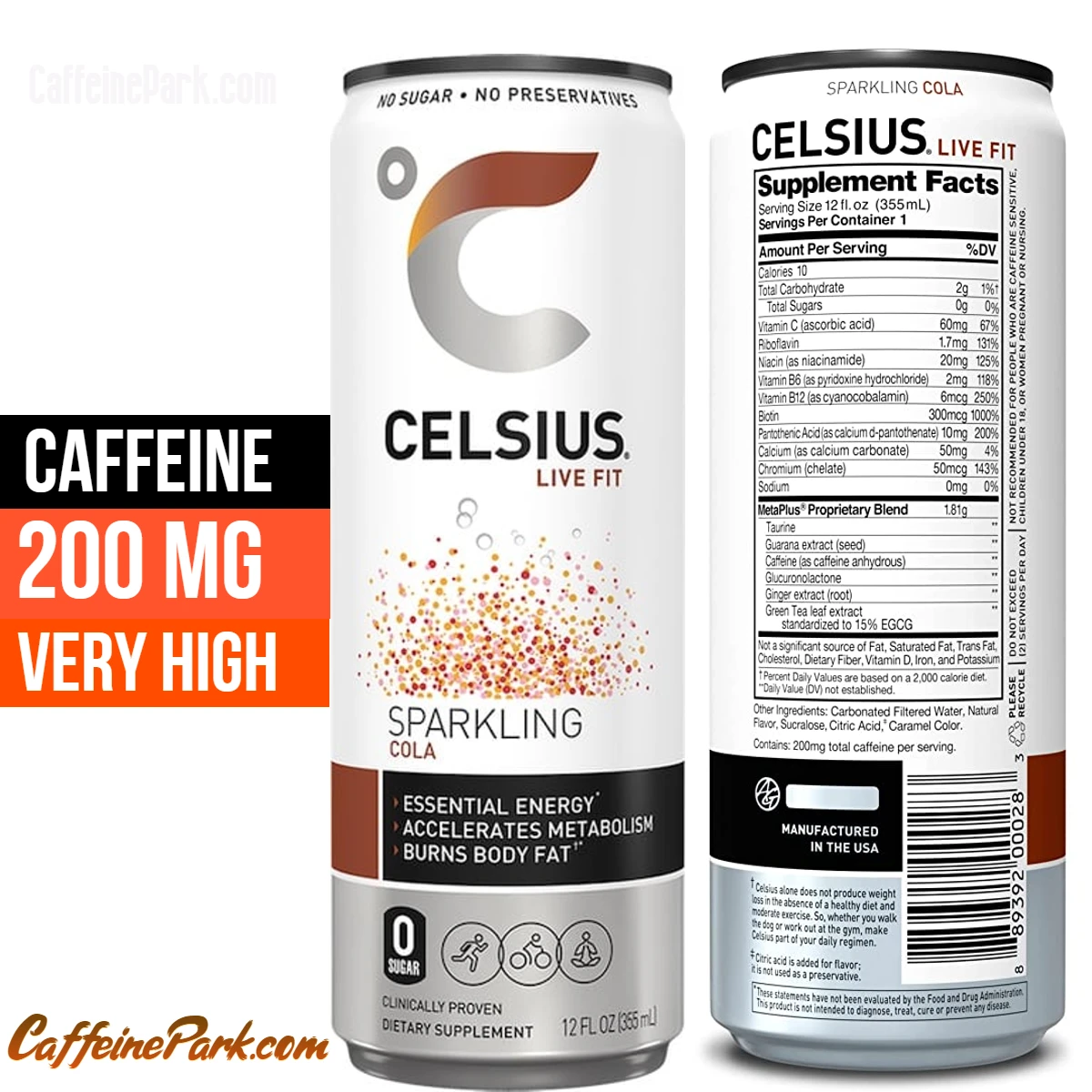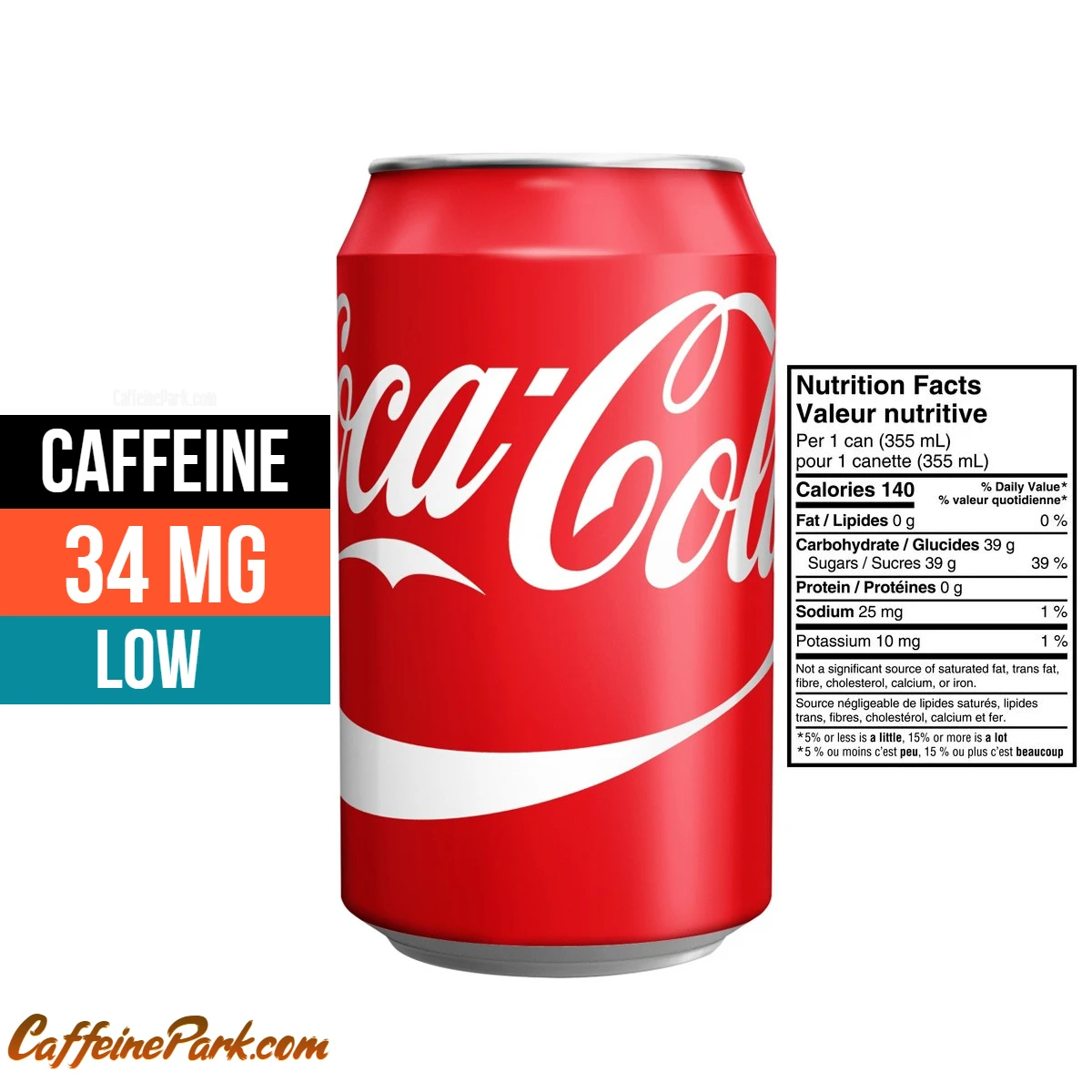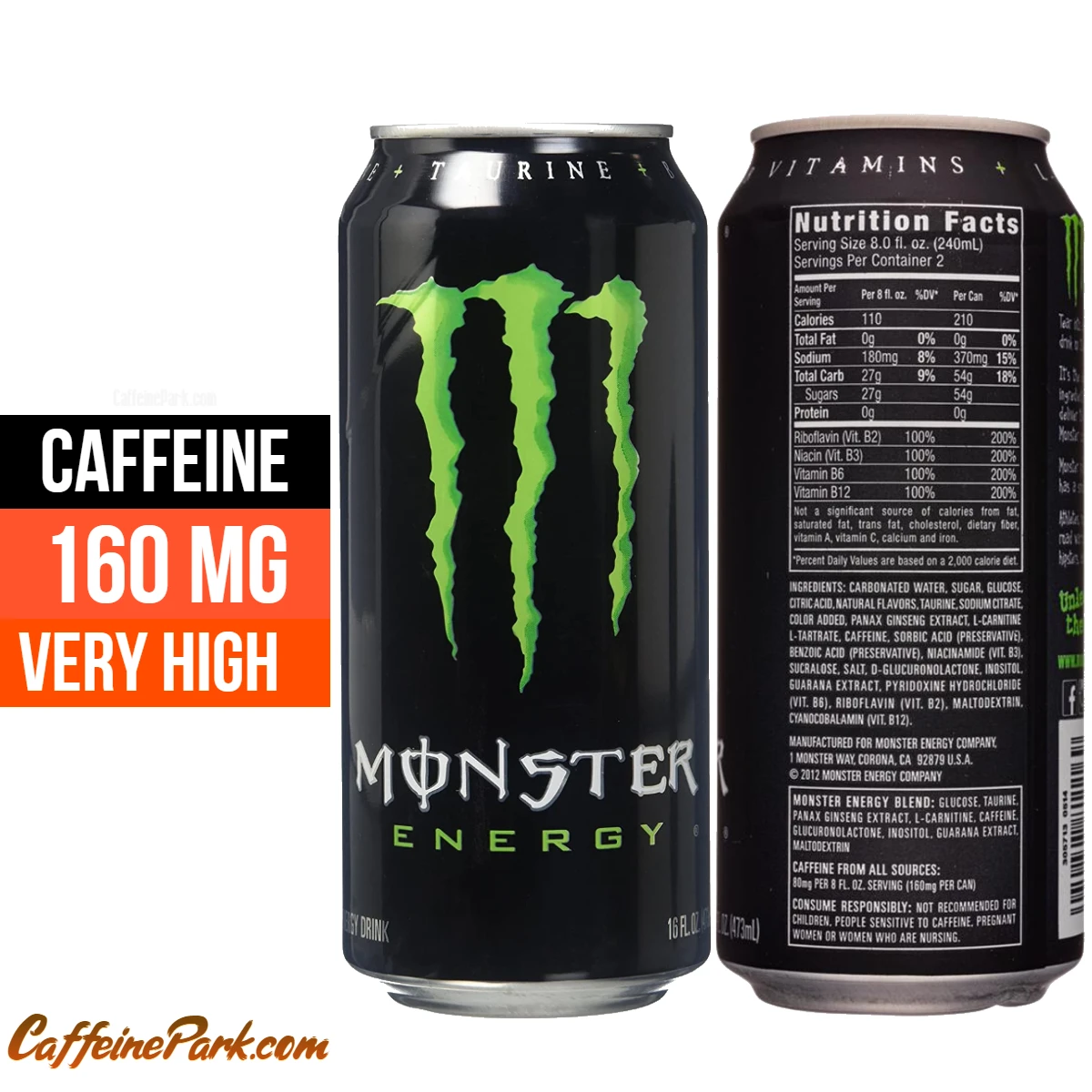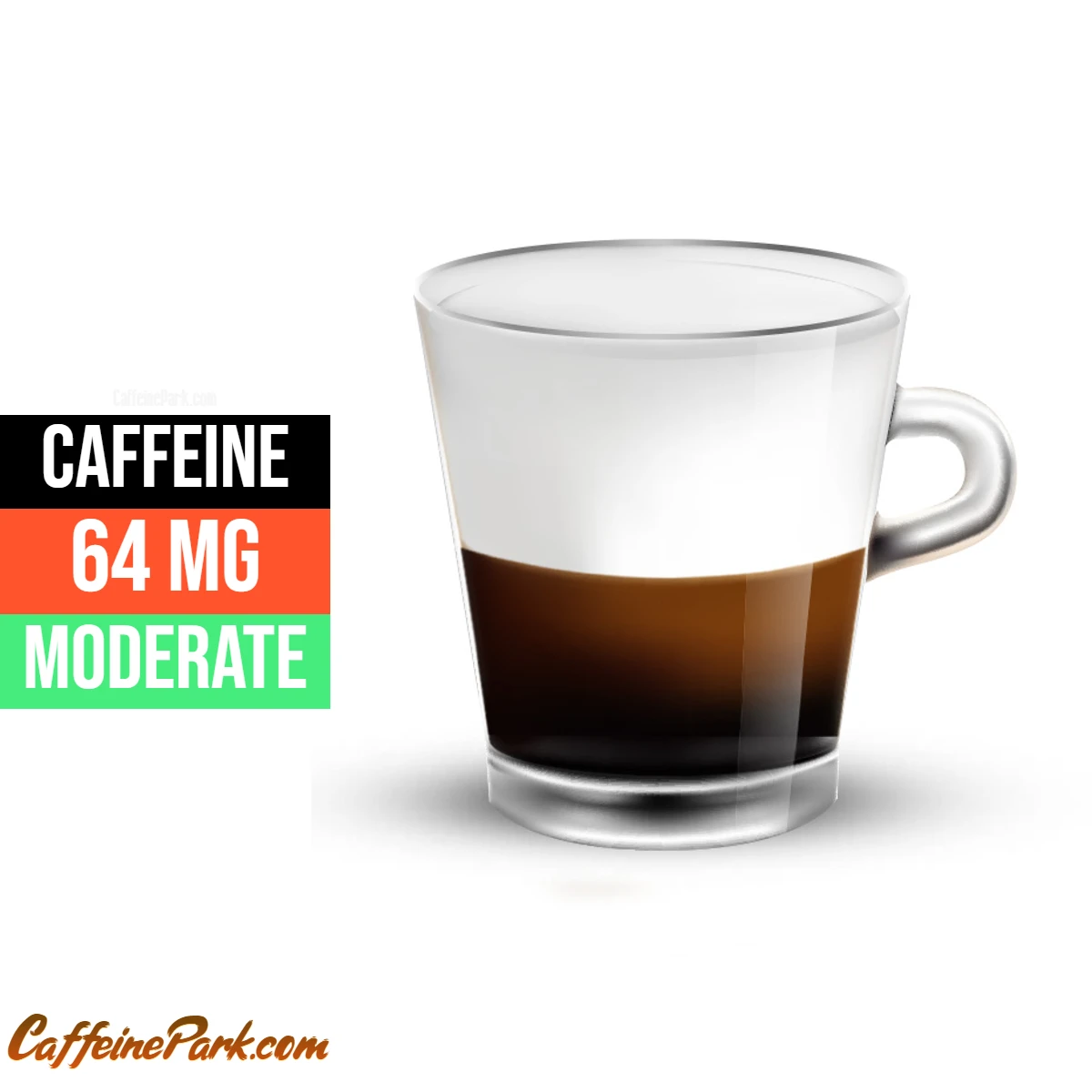
The caffeine content of a macchiato can vary depending on the type and size of the drink, as well as the brand and method of preparation.
Traditionally, a macchiato is a small, espresso-based drink that is typically served in a demitasse cup, which is about 2 to 3 ounces (60-90 ml) in volume. A single shot of espresso contains around 64 milligrams (mg) of caffeine, so a traditional macchiato would have about 64 mg of caffeine.
However, there are variations of the macchiato, such as the caramel macchiato, which contains added milk and sweeteners and can be served in larger sizes like a tall (12 oz) or grande (16 oz) size. These variations can contain significantly more caffeine, with a grande caramel macchiato from Starbucks containing approximately 150 mg of caffeine.
It is important to note that caffeine content can vary depending on the brand and preparation of the drink, and some coffee shops may use more or less espresso in their macchiatos.
What is a Macchiato?
A macchiato is a small espresso-based drink that originated in Italy. The word “macchiato” means “stained” or “marked” in Italian, and refers to the small amount of milk that is added to the espresso. A traditional macchiato is made with a single shot of espresso, which is then “stained” with a small amount of milk foam.
Caffeine Content of a Traditional Macchiato
So, how much caffeine does a traditional macchiato contain? Well, a single shot of espresso contains around 64 milligrams (mg) of caffeine, so a traditional macchiato would have about 64 mg of caffeine. However, it’s worth noting that caffeine content can vary depending on the type and preparation of the espresso used.
Variations of the Macchiato
There are several variations of the macchiato that can affect the caffeine content. For example:
- Caramel Macchiato: This is a popular variation of the macchiato that contains added milk, vanilla syrup, and caramel sauce. A grande (16 oz) caramel macchiato from Starbucks contains approximately 150 mg of caffeine.
- Latte Macchiato: This variation is made with steamed milk and a small amount of espresso. It is essentially a “reverse” macchiato, where the milk is stained with the espresso rather than the other way around. A grande latte macchiato from Starbucks contains around 225 mg of caffeine.
- Iced Caramel Macchiato: This is a popular variation of the caramel macchiato that is served over ice. A grande iced caramel macchiato from Starbucks contains around 150 mg of caffeine.
As you can see, the caffeine content can vary quite a bit depending on the type and size of the macchiato.
Here’s a chart outlining the approximate caffeine content of macchiatos based on different flavors and cup sizes:
| Macchiato Flavor | Cup Size | Approximate Caffeine Content |
|---|---|---|
| Traditional | 2 oz | 64 mg |
| Caramel | 12 oz (Tall) | 150 mg |
| Caramel | 16 oz (Grande) | 225 mg |
| Vanilla | 12 oz (Tall) | 150 mg |
| Vanilla | 16 oz (Grande) | 225 mg |
| Hazelnut | 12 oz (Tall) | 150 mg |
| Hazelnut | 16 oz (Grande) | 225 mg |
| Mocha | 12 oz (Tall) | 150 mg |
| Mocha | 16 oz (Grande) | 225 mg |
| Coconut | 12 oz (Tall) | 150 mg |
| Coconut | 16 oz (Grande) | 225 mg |
Factors That Can Affect Caffeine Content
There are several factors that can affect the caffeine content of a macchiato. These include:
- Type of Espresso: Different types of espresso beans can contain varying amounts of caffeine. For example, some espresso blends may be stronger than others and contain more caffeine.
- Serving Size: The size of the macchiato can also affect the caffeine content. A traditional macchiato is typically only a few ounces in size, while a larger variation like a latte macchiato can contain significantly more caffeine.
- Preparation Method: The method used to prepare the espresso can also affect the caffeine content. For example, espresso that is made using a drip machine may contain less caffeine than espresso that is made using a manual espresso machine.
Final Thoughts
In conclusion, the caffeine content of a macchiato can vary depending on several factors, including the type and size of the drink, the brand and type of espresso used, and the method of preparation. If you’re looking to limit your caffeine intake, a traditional macchiato is a good choice, as it contains only about 63 mg of caffeine. However, if you’re looking for a more caffeinated drink, a latte macchiato or iced caramel macchiato might be a better choice.
Alternative to Macchiato
If you’re looking for an alternative to macchiatos, there are several espresso-based beverages that you might enjoy. Here are a few popular options:
- Espresso Shot: For a pure and intense espresso experience, opt for a single or double shot of espresso. This concentrated coffee provides a robust flavor without any added milk or sweeteners.
- Cappuccino: A classic choice, cappuccino combines equal parts espresso, steamed milk, and milk foam. It has a balanced flavor and a creamy texture. The ratio of espresso to milk can be adjusted to your preference, resulting in variations like wet cappuccino (more milk) or dry cappuccino (more foam).
- Latte: Lattes are made by combining a shot of espresso with steamed milk and a thin layer of milk foam on top. They offer a smooth and creamy texture, with a milder coffee flavor compared to macchiatos. Lattes can be customized with different syrups or flavors, such as vanilla, caramel, or hazelnut.
- Americano: If you prefer a milder coffee flavor, an Americano might be a suitable choice. It is made by diluting a shot or two of espresso with hot water. This results in a coffee with a similar strength to a regular brewed cup but with a different flavor profile.
- Flat White: Similar to a latte, a flat white is made with espresso and velvety steamed milk. However, it has a higher ratio of coffee to milk, resulting in a stronger coffee flavor and a more velvety texture.
- Mocha: If you enjoy the combination of coffee and chocolate, a mocha might be a delightful alternative. It typically consists of espresso, steamed milk, chocolate syrup, and a dollop of whipped cream. Mochas offer a rich and indulgent flavor profile.
FAQs
A traditional macchiato contains around 64 milligrams (mg) of caffeine, which is the amount of caffeine found in a single shot of espresso.
A grande (16 oz) caramel macchiato from Starbucks contains approximately 150 mg of caffeine. However, the caffeine content can vary depending on the brand and preparation of the drink.
A grande (16 oz) latte macchiato from Starbucks contains around 225 mg of caffeine. However, the caffeine content can vary depending on the brand and preparation of the drink.
Yes, the size of the macchiato can affect the caffeine content. A traditional macchiato is typically only a few ounces in size, while larger variations like a latte macchiato can contain significantly more caffeine.
Yes, different types of espresso can contain varying amounts of caffeine. For example, some espresso blends may be stronger than others and contain more caffeine.
Yes, you can customize the caffeine content of your macchiato by requesting extra or fewer shots of espresso. However, keep in mind that this may affect the flavor and balance of the drink.
Yes, many coffee shops offer decaf espresso, which can be used to make a decaf macchiato. However, keep in mind that decaf espresso still contains a small amount of caffeine, typically around 3 mg per shot.
Yes, consuming excessive amounts of caffeine can lead to health issues such as increased heart rate, anxiety, and sleep disturbances. It’s important to consume caffeine in moderation and to be aware of the caffeine content in your drinks.
Read More:
